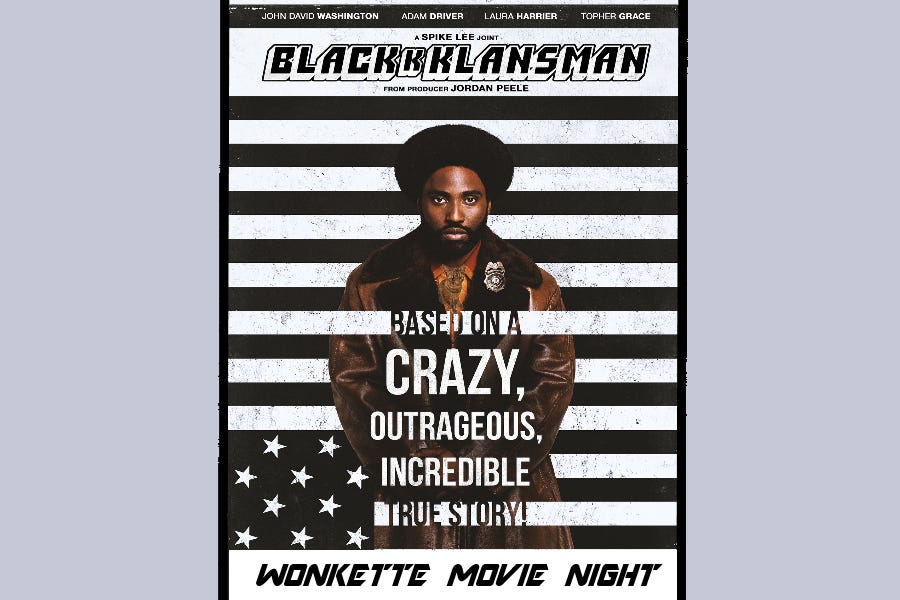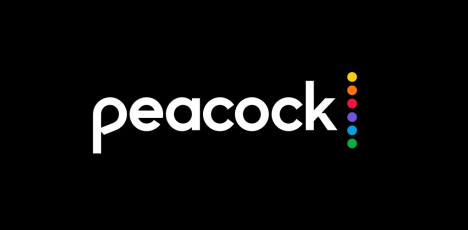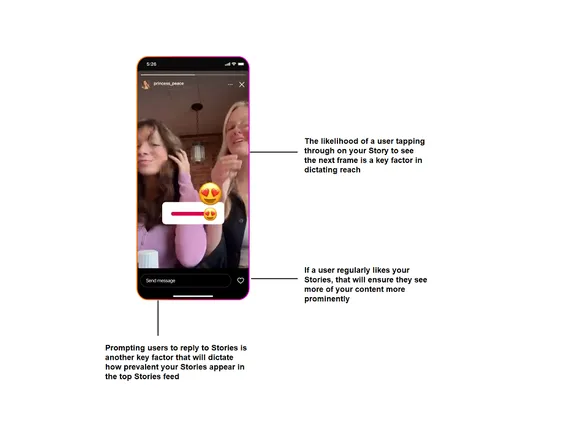Look at your marketing stack. That sprawling collection of tools tells a story of ambition, necessity and maybe a little FOMO. Some 14,106 martech solutions are competing for your attention, a staggering 27.8% jump from the prior year. They overlap. They collect dust. They refuse to play nice with each other. And every month, another vendor pitches you the next game-changing solution to a problem you’re not sure you have.
The modern marketing leader is drowning in options. What started as 150 martech solutions in 2011 has exploded into a 9,304% growth over 13 years, with a relentless 41.8% compound annual growth rate. Each tool promises to solve that one critical issue holding you back.
But let’s be honest: sometimes, you’re buying tools hoping to discover their purpose along the way. This goes deeper than competitive pressure. Innovation demands, digital transformation imperatives and the complexity of connecting with customers across expanding touchpoints all drive this behavior.
The problem-driven buyer: Martech as a solution
The smartest CMOs treat martech like surgery. They don’t cut unless they know exactly what needs fixing. They start with the wound. Maybe it’s leads vanishing into a black hole between marketing and sales or conversion rates stuck in single digits. Whatever the problem, they don’t just throw technology at it. They study it, map it out, and then look for the right tool to solve it. They aren’t building a tech stack — they’re methodically fixing what’s broken.
When it works, this approach delivers significant results. Consider the retail CMO who deployed an AI-driven recommendation engine to address product page bounce rates. With a clear problem, a targeted solution and measurable metrics, the integration succeeded because the use case was well-defined and the ROI was measurable from launch.
This methodical approach has limitations. Innovation rarely follows a straight line. While you’re solving today’s known problems, tomorrow’s challenges take shape in your blind spots. According to Chiefmartec’s analysis, half of all products in enterprise martech stacks come from the industry’s long tail — specialized tools solving specific problems in unique ways. These calculated bets on emerging solutions represent capabilities that larger vendors haven’t yet standardized.
Dig deeper: 7 strategies for getting the most from your martech stack
The solution-seeker buyer: Martech as exploration
Then there’s the other path. Innovation starts with possibilities rather than problems. While problem-driven buyers build their tech stack like engineers, solution-seekers operate more like venture capitalists. They bet on potential, knowing some investments will transform their business while others might never find their purpose.
They begin with broad mandates like exploring AI capabilities or investigating composable architecture. The initial use case might be fuzzy, but the fear of falling behind drives action. This strategic foresight can spark transformation. Sometimes, the most valuable tools solve problems you didn’t know existed.
But this approach carries risks. That customer data platform (CDP) you bought without a clear data strategy sits half-implemented, burning budget while your team searches for value. The AI-powered content tool everyone championed? Your content workflow wasn’t ready for automation. The composable DXP components you’ve collected still await the right integration project to deliver results.
Solution-seekers make valid choices by looking beyond immediate pain points. Markets move too fast to only solve today’s problems. By the time you’ve perfected your response to current challenges, your competitors have already moved ahead. Success requires both fixing what’s broken and building what’s possible.
Why the lines blur: The martech ecosystem’s role
The distinction between problem-driven and solution-seeking buying reflects how the martech ecosystem shapes purchasing behavior. Vendors don’t wait for you to identify problems anymore. They create urgency around challenges you might not have prioritized yet.
Consider the current AI revolution. Yesterday’s “nice-to-have” capabilities feel like competitive necessities today. Vendors actively redefine what constitutes a problem by highlighting competitive gaps and evolving customer expectations. This goes beyond marketing spin.
Markets evolve, customer expectations shift and yesterday’s competitive advantage becomes today’s baseline requirement. “What do you mean you’re not considering agentic AI as part of your 2025 strategic roadmap?”
The interconnected nature of modern marketing technology complicates decisions. A CDP purchase triggers the need for data cleaning, profile enrichment and segment activation tools. Each solution creates a gravity well, pulling in adjacent technologies. A solution meant to fix one problem often expands into a sprawling network of related tools.
These expanding toolsets unlock unexpected possibilities. That CDP you bought for customer segmentation might reveal patterns transforming your product strategy. The marketing automation platform you purchased for email could revolutionize how your sales team identifies promising leads. The solution you implement often solves problems different from those initially targeted.
Dig deeper: 4 ways to get more value from your martech investments
The consequences of solution-seeking behavior
You’ve seen the symptoms:
- Expensive platforms gathering dust.
- Integration projects stuck in perpetual almost-done status.
- Promising tools that lost their champions and faded into background noise.
Poor implementation too often stems from buying solutions before understanding problems.
Tool sprawl creates organizational drag. Every new solution demands attention, training and maintenance. MOps teams spend more time connecting systems than using them. Data fragments across platforms. Simple tasks require complex workflows spanning multiple tools. Your best people become technology traffic cops instead of growth drivers (and they hate it).
The human impact cuts deep. Teams lose faith in new initiatives after watching too many tools fail. IT resists new requests after battling integration headaches. Finance questions every tech investment, even the critical ones. Trust erodes between departments that should partner in innovation.
Tech sprawl breeds cultural resistance to change. Your next great solution faces resistance due to past disappointments. Undisciplined solution-seeking costs more than money. It diminishes your organization’s capacity for transformation.
Leading cultural transformation
Overcoming resistance starts with rebuilding trust through consistent delivery. Create quick wins by fixing obvious pain points. When teams see results, they become advocates for change. Document and celebrate these successes widely, however small.
Build cross-functional teams that own outcomes, not just implementations. Include IT early in the evaluation processes. Give finance visibility into usage metrics and ROI tracking. When departments share ownership, they share success.
Invest in your people alongside your technology. Create learning paths that help teams master new tools. Recognize and reward those who drive adoption. Build internal communities where teams can share knowledge and solve problems together.
Most importantly, model the behavior you want to see. Use the tools yourself. Participate in training. Show up at team meetings to understand challenges firsthand. When leaders demonstrate commitment, teams follow.
Dig deeper: The impact of martech on company value
A framework for continuous evolution
Success requires systematic evaluation of your stack against evolving market needs. Start with quarterly assessments of tool usage, integration health and business impact. Track adoption metrics, integration status and real costs, including maintenance and training.
Create a technology radar that maps emerging capabilities against your business strategy. Rate potential innovations by business impact and implementation complexity. This helps prioritize investments and time experiments thoughtfully.
Build feedback loops between teams and tools. Regular user surveys reveal adoption barriers and feature gaps. Usage analytics highlight underutilized capabilities and integration breakdowns. This data drives better decisions about renewals, replacements and retirements.
The hardest martech decisions often involve sunsetting sacred martech cows — I mean existing tools. Start by calculating the true cost of ownership. License fees only tell part of the story. Factor in integration maintenance, training hours, support tickets and the invisible tax of workflow complexity. Then, measure actual usage across key dimensions.
Consider monthly active users against licenses purchased, feature adoption rates and workflow completion metrics. When a marketing automation platform shows only 30% of purchased seats actively creating campaigns or a CDP processes less than half its licensed contact volume, it’s time for review.
Take the enterprise that sunsetted its legacy email platform after discovering teams spent more hours fixing template bugs than creating campaigns. They consolidated into their existing marketing automation tool, cutting costs while improving deliverability. The key was measuring not just usage but the hidden tax of workarounds and manual fixes.
Establish clear review triggers: three-quarters of sub-50% feature utilization (if a tool has 10 main features, but only four or fewer are regularly utilized, it falls under this category), rising support tickets or mounting integration costs. Make decisions based on data, not inertia. Track these metrics quarterly:
- Active users vs. licenses.
- Core feature adoption rates.
- Integration health scores.
- Time spent on workarounds.
- Total cost including maintenance.
Some,times cutting a tool that’s creating more problems than it solves becomes your best path forward. Don’t wait. Cut it out of your martech stack.
Transformation starts with ownership
Modern marketing operations require both problem-solving discipline and innovation vision. Your martech stack will never reach perfection or completion, but it can serve clear purposes.
Success requires implementing reliable solutions while thoughtfully exploring innovations. True transformation depends on empowering people — their skills, confidence and adaptability drive progress.
Building a martech stack means building organizational evolution capability. Choose tools wisely, implement thoroughly and remember: the most powerful transformation occurs when teams effectively use their systems.
Dig deeper: Getting the most out of your martech applications
Contributing authors are invited to create content for MarTech and are chosen for their expertise and contribution to the martech community. Our contributors work under the oversight of the editorial staff and contributions are checked for quality and relevance to our readers. The opinions they express are their own.























































![The Social Media Funnel Explained [Infographic] The Social Media Funnel Explained [Infographic]](https://imgproxy.divecdn.com/6ikpva2mP7mvhaHG4yj_J6dzhXnEZMvZFDHDbI6Qucs/g:ce/rs:fit:770:435/Z3M6Ly9kaXZlc2l0ZS1zdG9yYWdlL2RpdmVpbWFnZS9zb2NpYWxfbWVkaWFfZnVubmVsX2luZm9ncmFwaGljMi5wbmc=.webp)














